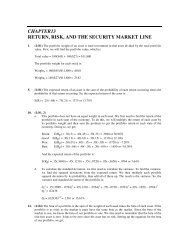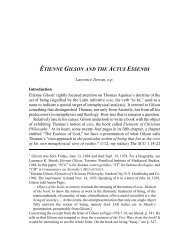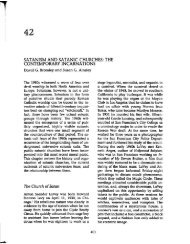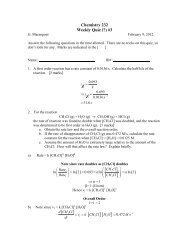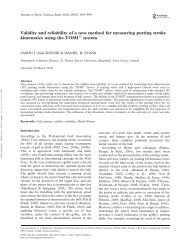Health and the Social Construction of Masculinity in Men's Health ...
Health and the Social Construction of Masculinity in Men's Health ...
Health and the Social Construction of Masculinity in Men's Health ...
You also want an ePaper? Increase the reach of your titles
YUMPU automatically turns print PDFs into web optimized ePapers that Google loves.
Stibbe / MASCULINITY IN MEN’S HEALTH MAGAZINE 35<br />
Not <strong>of</strong>fer<strong>in</strong>g a vegetarian alternative<br />
Wear<strong>in</strong>g fur or lea<strong>the</strong>r<br />
Laugh<strong>in</strong>g at people who eat trail mix<br />
Read<strong>in</strong>g pornography regularly<br />
Order<strong>in</strong>g <strong>the</strong> veal<br />
Call<strong>in</strong>g women girls<br />
Putt<strong>in</strong>g your feet up on someth<strong>in</strong>g . . .<br />
. . . like say, your wife<br />
lik<strong>in</strong>g guns<br />
hold<strong>in</strong>g a door open for a woman (September 2000, 90)<br />
Ru<strong>the</strong>rford (1998, 4) describes <strong>the</strong> way that “<strong>in</strong> <strong>the</strong> post-fem<strong>in</strong>ist era <strong>of</strong> <strong>the</strong><br />
1990s, <strong>the</strong>re has been grow<strong>in</strong>g disaffection amongst middle class men with<br />
<strong>the</strong> ideal <strong>of</strong> sexual equality.” This is reflected <strong>in</strong> <strong>the</strong> list above, as well as disaffection<br />
with o<strong>the</strong>r groups that challenge dom<strong>in</strong>ation, such as animal rights<br />
activists <strong>and</strong> gun control lobbyists. The antifem<strong>in</strong>ist stance is revealed <strong>in</strong> an<br />
article about choos<strong>in</strong>g a university for your son. The questions to ask are “Do<br />
campus <strong>of</strong>ficials parrot <strong>the</strong> fem<strong>in</strong>ist myths? How cranky is <strong>the</strong> women’s studies<br />
department? Exactly what is <strong>the</strong> sexual-harassment policy?” (September<br />
2000, 122). The ideal school is one where “<strong>the</strong> traditional male view is<br />
appreciated” (September 2000, 121).<br />
Men’s <strong>Health</strong> appears to have a mascul<strong>in</strong>ist agenda <strong>of</strong> power (“Why We<br />
Wear <strong>the</strong> Pants: Everyth<strong>in</strong>g we write about is for one purpose—we want to<br />
help men control <strong>the</strong>ir lives” [September 2000, 26]). This is not just power<br />
over women, but power over o<strong>the</strong>r men too (“Anger is a virtue . . . without a<br />
temper ...your boss will cont<strong>in</strong>ually step on your face” [November 2000,<br />
58]; “When you have it <strong>in</strong> for a guy, don’t have it <strong>in</strong> halfway. Make <strong>the</strong> blade<br />
come out through his sp<strong>in</strong>e” [June 2000, 54]).<br />
Men’s <strong>Health</strong> is <strong>the</strong>refore <strong>in</strong> an anomalous position. It is written for <strong>the</strong><br />
men who are most exposed to <strong>and</strong> have most to ga<strong>in</strong> from <strong>the</strong> ideals <strong>of</strong> hegemonic<br />
mascul<strong>in</strong>ity, <strong>and</strong> it has an openly admitted agenda <strong>of</strong> promot<strong>in</strong>g “<strong>the</strong><br />
traditional male view.” On <strong>the</strong> o<strong>the</strong>r h<strong>and</strong>, traditional mascul<strong>in</strong>ity has been<br />
shown to <strong>in</strong>volve a large number <strong>of</strong> negative health behaviors, such as excessive<br />
alcohol consumption <strong>and</strong> risky behavior.<br />
As Courtenay (2000a) po<strong>in</strong>ts out, health is traditionally a female ra<strong>the</strong>r<br />
than male concern. Lifestyle magaz<strong>in</strong>es, too—with a few exceptions, such as<br />
Esquire <strong>and</strong> GQ—are almost exclusively aimed at women. Men’s <strong>Health</strong> is<br />
<strong>the</strong>refore forg<strong>in</strong>g a new k<strong>in</strong>d <strong>of</strong> discourse, which goes beyond <strong>the</strong> dry, scientific<br />
discourse <strong>of</strong> books like Brewer’s (1995) A Complete Guide to Men’s<br />
<strong>Health</strong> <strong>and</strong> beyond what Ha<strong>in</strong>es (1998) calls <strong>the</strong> “soul-wi<strong>the</strong>r<strong>in</strong>g monotony<br />
<strong>of</strong> weight tra<strong>in</strong><strong>in</strong>g <strong>in</strong>struction.”<br />
To provide an analysis <strong>of</strong> this emergent discourse <strong>and</strong> <strong>the</strong> ideological<br />
assumptions on which it is based, six issues <strong>of</strong> <strong>the</strong> U.S. edition <strong>of</strong> Men’s<br />
<strong>Health</strong> (June-December 2000) were analyzed <strong>in</strong> detail with<strong>in</strong> a critical discourse<br />
analysis (CDA) framework (Fairclough 1989, 1992; Fowler 1991;



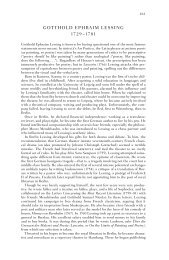
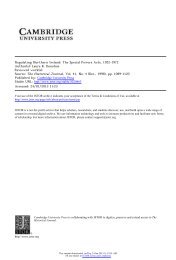


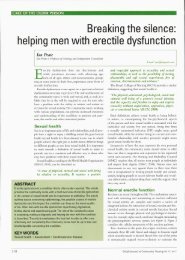
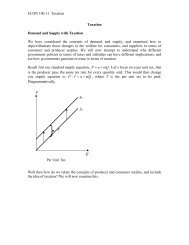
![The Rink - Cyril Dabydeen[1].pdf](https://img.yumpu.com/21946808/1/155x260/the-rink-cyril-dabydeen1pdf.jpg?quality=85)

